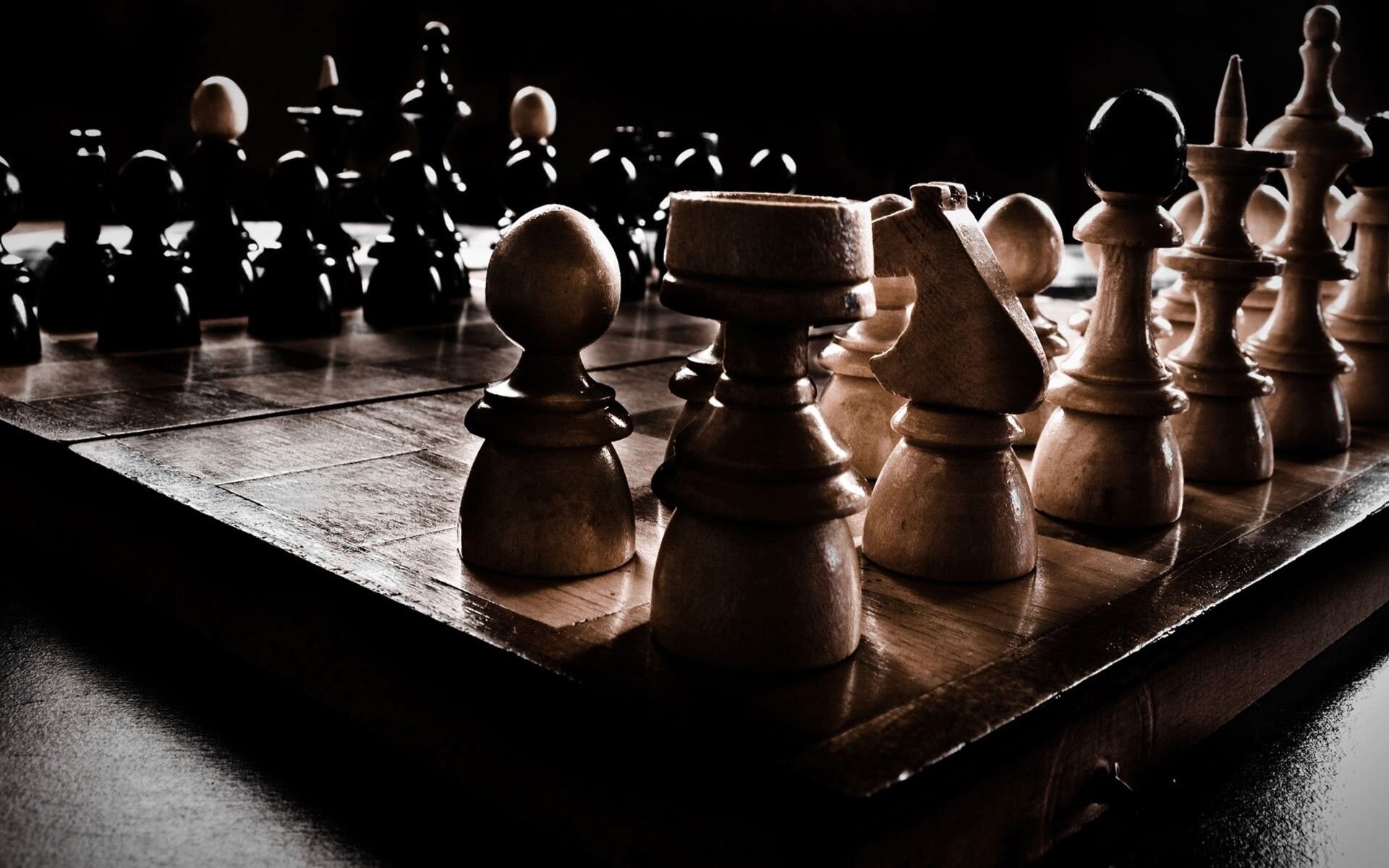
Shape attitudes.
sway decisions.
shift behavior.
influence 51: Move people
MOTIVATION, PERSUASION, IMPACT
We all want to motivate more effectively, persuade more convincingly, and maximize our impact. Science shows us how.
HOW TO communicate persuasively
Attitudes are complex. Learn how we form them and what causes us to reconsider them in order to craft communication strategies that connect, convince, and ultimately change minds.
Learn how our financial clients use our services to convince their own clients to adopt more prudent, future-focused decision-making.
Learn how our political clients use our services to create communications that resonate with their supporters and win over undecided voters.
Learn how our charity and non-profit clients use our services to tailor their messages to increase impact and garner greater support.
HOW TO impact decision-making
If you understand how people choose, you can better predict what they will choose. Learn about the factors that influence choice to more effectively impact consumer, legal, and organizational decision-making.
Learn how our healthcare and medical clients use our services to encourage their patients choose and adhere to healthier lifestyles.
Learn how our legal clients use our services to equip their teams with psychologically-informed courtroom strategies designed to change minds.
Learn how our restaurant clients use our services to influence customer choice by optimizing both their pricing strategies and menu layouts.
HOW TO motivate action
If we want to drive people to take action, we need to understand the dynamics of behavior change: what inspires us to engage, motivates us to participate, and shifts the way we operate?
Learn how our leadership clients use our services to become more powerful motivators of both behavior and culture change.
Learn how our community clients use our services to maximize the number of citizens who participate in voting and other civic initiatives.
Learn how our government clients use our services to promote greener habits such as sustainable living, energy reduction, and recycling.
LEARN ABOUT THE PSYCHOLOGY BEHIND…




































